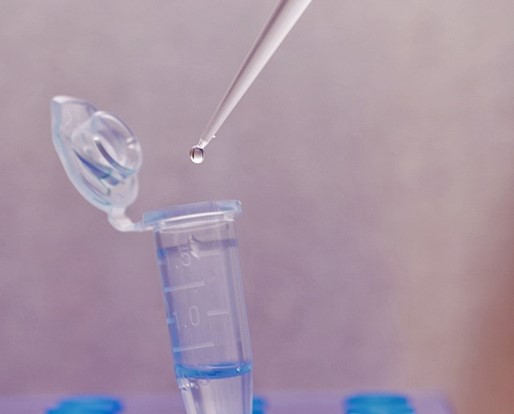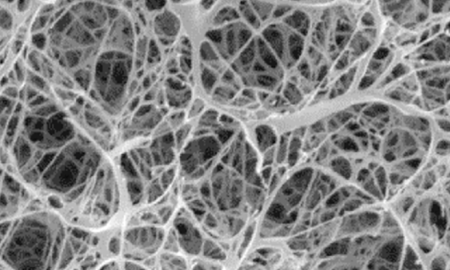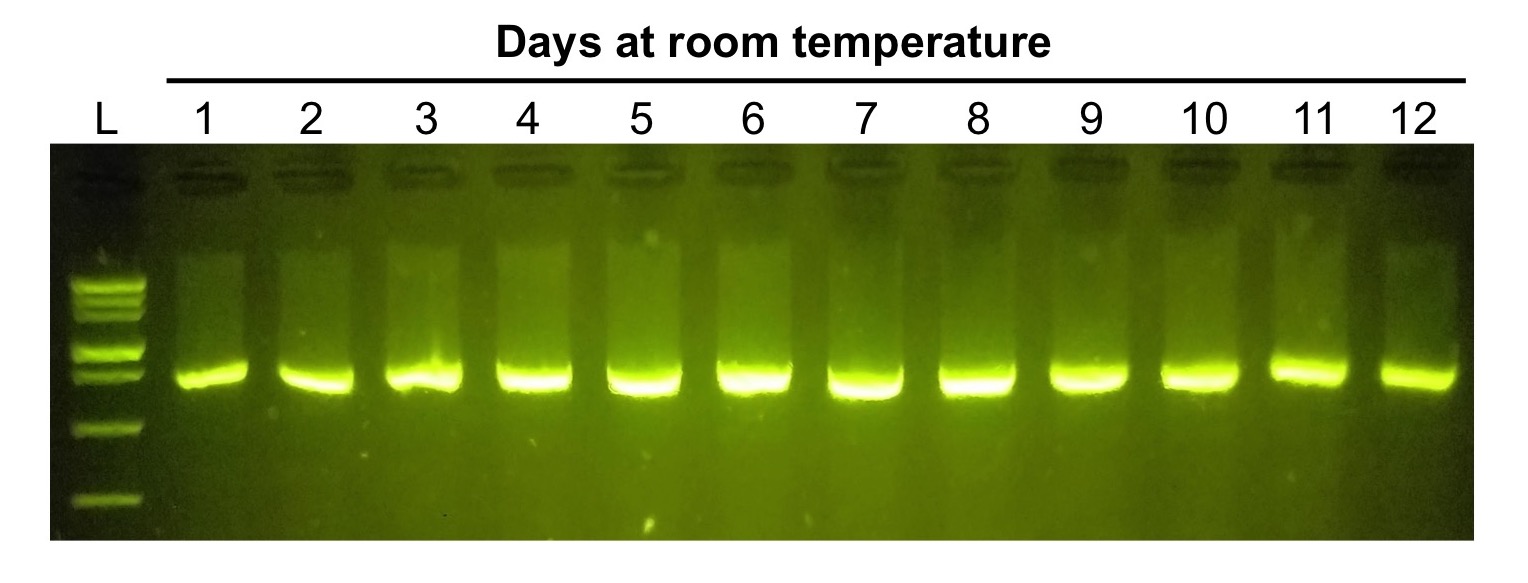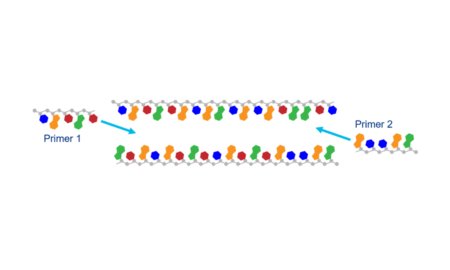An advanced guide to micropipetting
Micropipetting is a fundamental skill in molecular biology that demands precision, accuracy, and consistency. Whether you’re setting up PCR reactions, preparing serial dilutions, or measuring small volumes of reagents, the ability to pipette accurately can make or break your experiments. For those just starting, we have plenty of resources available to help you get the basics down. Once you’ve mastered these basics, it’s time to take your micropipetting skills to the next level.
Lab Situations Requiring Advanced Micropipetting Skills
Pipetting Small Volumes
Handling very small volumes with low-volume micropipettes requires a high degree of thumb dexterity and precise technique. Even slight inconsistencies can lead to significant errors. When working with volumes as low as 0.2 µL, ensure that you stabilize your hand, use low-volume tips, and maintain a steady plunger motion to achieve consistent results.
Pipetting Viscous Solutions
Viscous solutions, such as glycerol or concentrated protein samples, can be challenging to pipette accurately. The reverse pipetting technique is particularly useful here. This involves aspirating slightly more liquid than needed and dispensing only the required amount, leaving a small volume in the tip. This technique minimizes the formation of air bubbles and improves accuracy, especially with foaming liquids.
Pipetting Organic Solvents
Organic solvents can be tricky to handle due to their volatility and low surface tension. These properties can cause liquids to drip from the tip or evaporate quickly, leading to inaccurate measurements. To counteract this, use pipette tips that are specifically designed for organic solvents and practice pre-wetting the tip to condition it for better performance.
Serial Dilutions
Creating a series of solutions where each is a fraction of the concentration of the previous one is a common task in molecular biology. Serial dilutions require consistent and precise pipetting to ensure accurate concentrations throughout the series. Small deviations in volume can lead to significant errors, so it’s crucial to develop a rhythm and use the same pipetting technique throughout the process.
Advanced Micropipetting: Tips and Tricks
Pre-wetting Tips
For volatile or viscous liquids, pre-wetting the pipette tip by aspirating and dispensing the liquid several times before the final aspiration can improve accuracy. This practice helps condition the tip, reducing the potential for evaporation or inconsistent measurements.
Use Low-Retention Tips
When working with sticky or viscous substances, low-retention or hydrophobic tips are invaluable. These tips are designed to minimize liquid adhesion inside the tip, ensuring that the full volume is dispensed. This is particularly important for accurate handling of DNA, proteins, or other biological samples. Shop for tips on the miniPCR store.
Equilibrating Temperatures
Temperature differences between your pipette tips, liquids, and the surrounding environment can affect the accuracy of your measurements. Allow your tips and liquids to equilibrate to room temperature before pipetting. This simple step can significantly reduce errors, especially when working with sensitive assays.
Consistent Dipping Angle and Depth
Maintaining a consistent angle and depth when aspirating and dispensing liquids is key to minimizing variations in volume. Hold the pipette vertically when aspirating, and immerse the tip just below the surface of the liquid. Avoid deep immersion, as this can cause liquid to adhere to the outside of the tip, leading to inaccurate measurements.
Consistent Speed and Pressure
To ensure reproducibility, it’s essential to maintain consistent speed and pressure when aspirating and dispensing. Operate the pipette plunger smoothly and steadily to avoid introducing air bubbles, which can compromise the accuracy of your results.
Using the Right Micropipette Range
Always use a micropipette that matches the volume range of the liquid you’re handling. Avoid using a pipette at its extreme upper or lower limits, as this can lead to inaccuracies. For more guidance on selecting the right micropipette, check out this micropipette selection guide. Additionally, you can watch this helpful video on how to select the right micropipette.

Conclusion
Acquiring advanced micropipetting techniques is crucial for achieving precision and accuracy in your molecular biology experiments. By understanding the specific challenges associated with different situations and applying the tips provided, you can enhance your pipetting skills and improve the reliability of your results. Keep practicing, and soon, these techniques will become second nature.
Related resources:
-
- Resources to practice micropipetting
- Micropipetting video tutorials
- Bring micropipetting skills to your classroom
- Micropipettes by miniPCR bio










